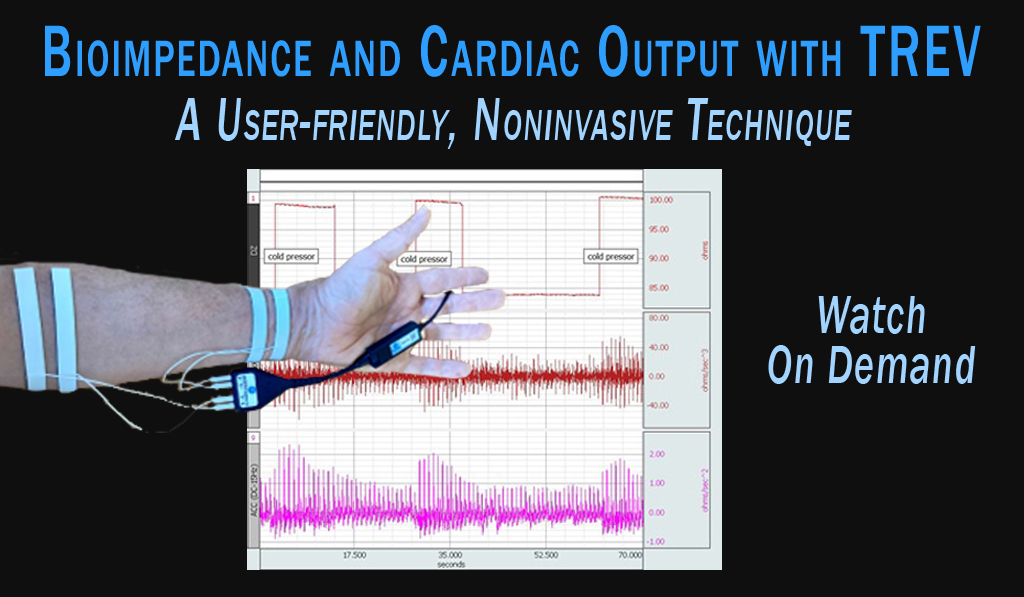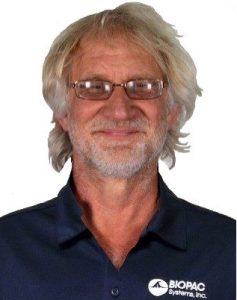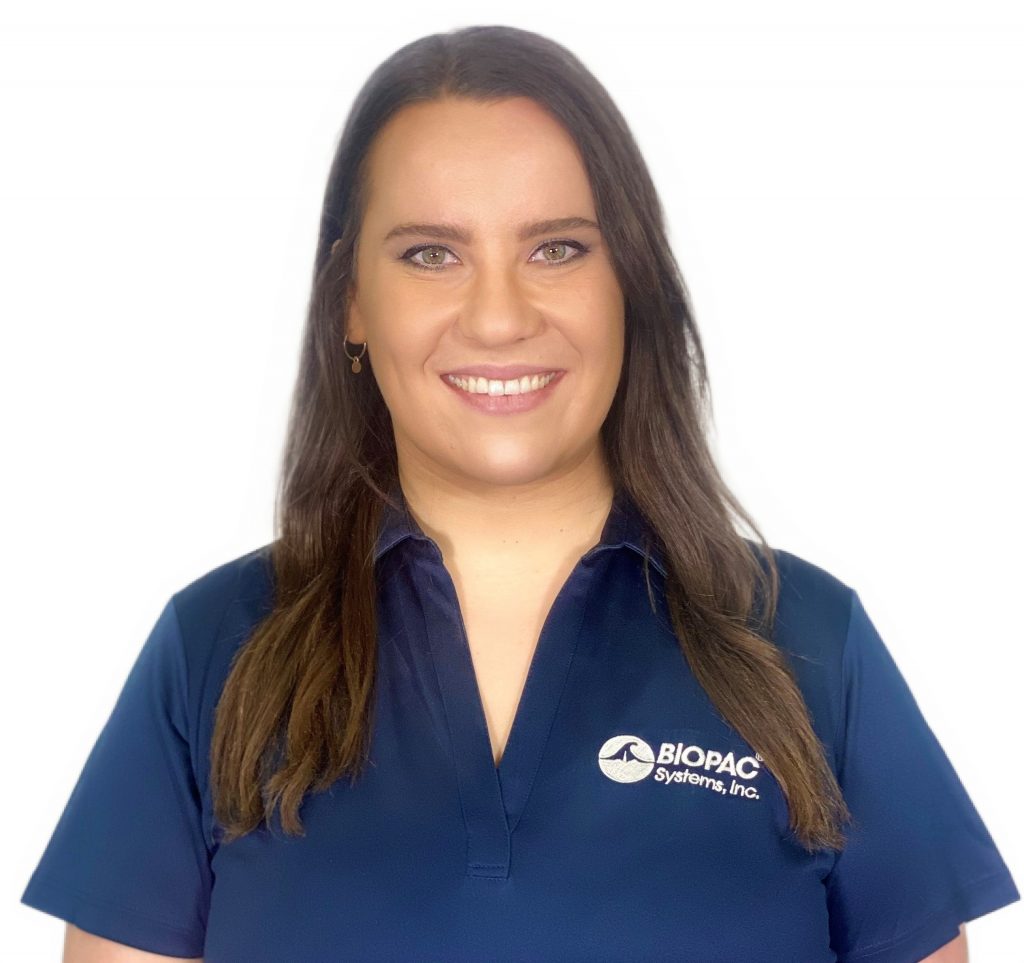Bioimpedance and Cardiac Output with TREV—a User-friendly, Noninvasive Technique
Date
Tuesday, April 25, 2023
Location
On Demand
Host
BIOPAC SYSTEMS, INC. - U.S.A.

Simplify Bioimpedance MeasurementsIn this webinar, you will learn a technique—Trans-radial Electrical Bioimpedance Velocimetry (TREV)—that is more user-friendly and less invasive than the transthoracic method. TREV measures blood movement in the radial and ulnar arteries of the forearm via bioimpedance. The somewhat invasive transthoracic method involves bioimpedance measurements on the torso via tape, strip or spot electrodes. It takes considerable time to set up and is sensitive to upper body movement, requiring special care and instructions for participants to limit movements. There is a trade-off between participant comfort and data quality. With transthoracic impedance cardiography, normal ventilation causes changes of thoracic shape that are not accounted for in ideal models. The heart’s venous return complicates the problem of examining sympathetic responses separately from other physiological variables. In addition, the analysis depends on locating the B-point (aortic valve opening time). This point can be difficult to identify, even when experts are involved. Alternatively with TREV, beat-by-beat cardiac contractility can be measured more easily with none of the complications associated with impedance cardiography. BIOPAC has developed special hardware to reduce setup time and complexity as well as obtain high-quality data. Topics We Will Cover:
| Complete Form to Watch Now |
BIOPAC Hardware:
- MP160 Data Acquisition System with AcqKnowledge
- NICO Amplifier: NICO100D or NICO100C-MRI
- ECG Module: ECG100D or ECG100C-MRI
- EL526 Strip Electrodes
- BN-EL45-LEAD3
- CBL246 Lead Interface Adapter to 4xTP Male
- Optional PPG Recording: PPG100C Photoplethysmogram Amplifier; TCIPPG3 Nonin 9-Pin to PPG100C Interface; TSD124D SpO2 Finger Clip
 About Alex Dimov | Alex Dimov (BIOPAC Systems, Inc.) has been teaching workshops on the topic of physiological data acquisition and analysis for nearly 15 years. While at UC Santa Barbara he was an instructor for The Advanced Training Institute for Virtual Reality in Social Psychology. He joined BIOPAC as an application specialist and now oversees European Sales for BIOPAC.
About Alex Dimov | Alex Dimov (BIOPAC Systems, Inc.) has been teaching workshops on the topic of physiological data acquisition and analysis for nearly 15 years. While at UC Santa Barbara he was an instructor for The Advanced Training Institute for Virtual Reality in Social Psychology. He joined BIOPAC as an application specialist and now oversees European Sales for BIOPAC.
 About Alan Macy | Alan Macy is currently the Research and Development Director, past President and a founder of BIOPAC Systems, Inc. He designs data collection and analysis systems, used by researchers in the life sciences, that help identify meaningful interpretations from signals produced by life processes. Trained in electrical engineering and physiology with over 30 years of product development experience, he is currently focusing on psychophysiology, emotional and motivational state measurements, magnetic resonance imaging, and augmented/virtual reality implementations.
About Alan Macy | Alan Macy is currently the Research and Development Director, past President and a founder of BIOPAC Systems, Inc. He designs data collection and analysis systems, used by researchers in the life sciences, that help identify meaningful interpretations from signals produced by life processes. Trained in electrical engineering and physiology with over 30 years of product development experience, he is currently focusing on psychophysiology, emotional and motivational state measurements, magnetic resonance imaging, and augmented/virtual reality implementations.
 About Dr. Viktoriya Babanko | Viktoriya has her PhD in Cognitive Neuroscience and studied the effects of naturally fluctuating female sex hormones on psychophysiology, behavior, and brain structure and function. Viktoriya joined the Technical Support department at BIOPAC in early 2023.
About Dr. Viktoriya Babanko | Viktoriya has her PhD in Cognitive Neuroscience and studied the effects of naturally fluctuating female sex hormones on psychophysiology, behavior, and brain structure and function. Viktoriya joined the Technical Support department at BIOPAC in early 2023.
Related Webinars
| ECG Webinar | Recording Great ECG |
| Collect Human Blood Pressure during MRI Experiments |
| Automate AcqKnowledge with New Workflow Tool |
| Data Acquisition Fundamentals | Basic Training for the MP160 System |
For more information about BIOPAC events, check the BIOPAC Events Calendar or email support@biopac.com.
Stay Connected